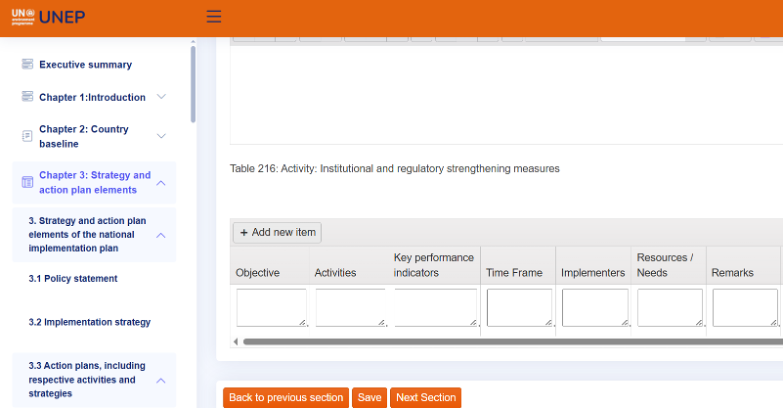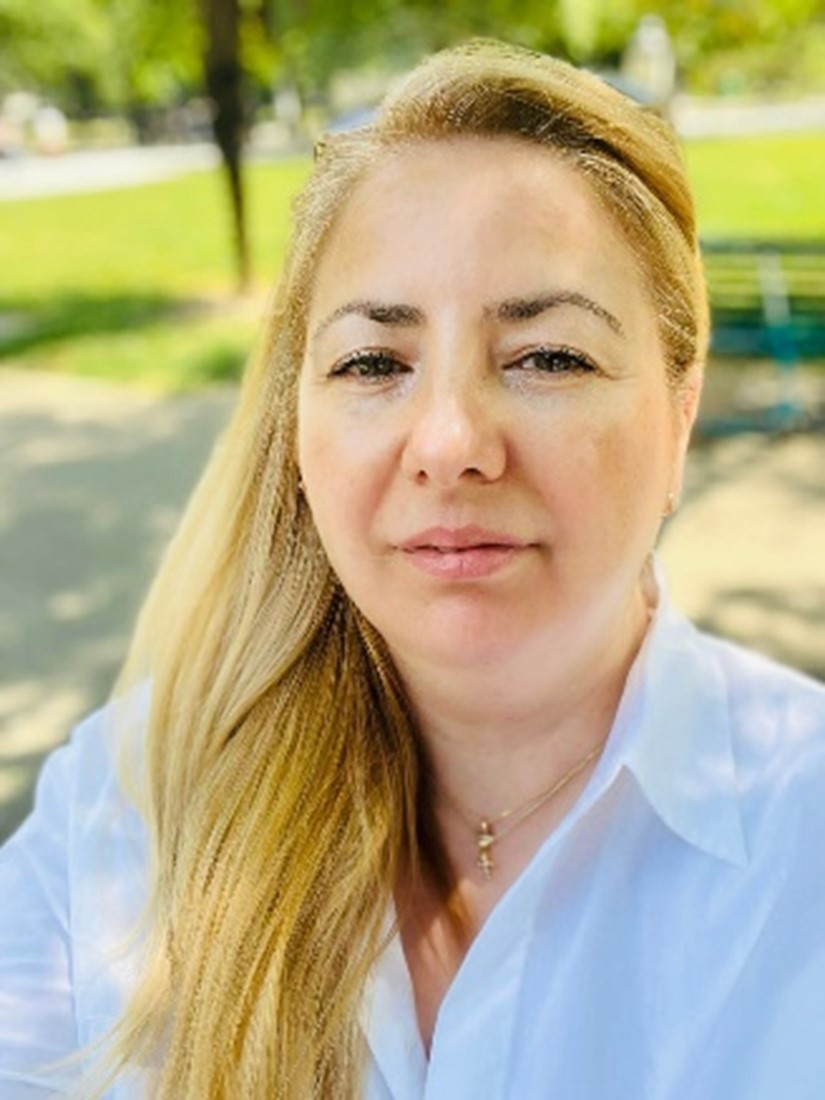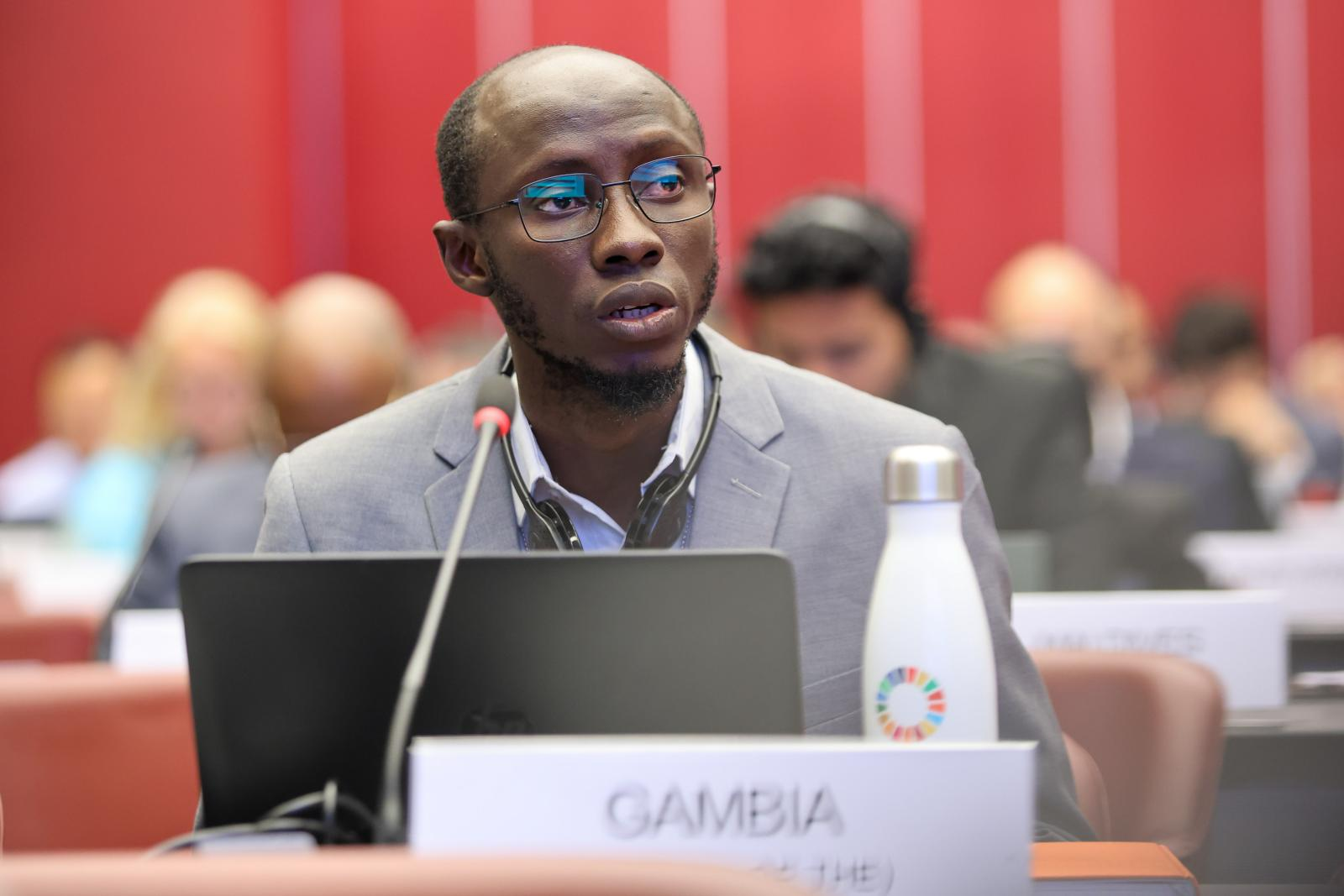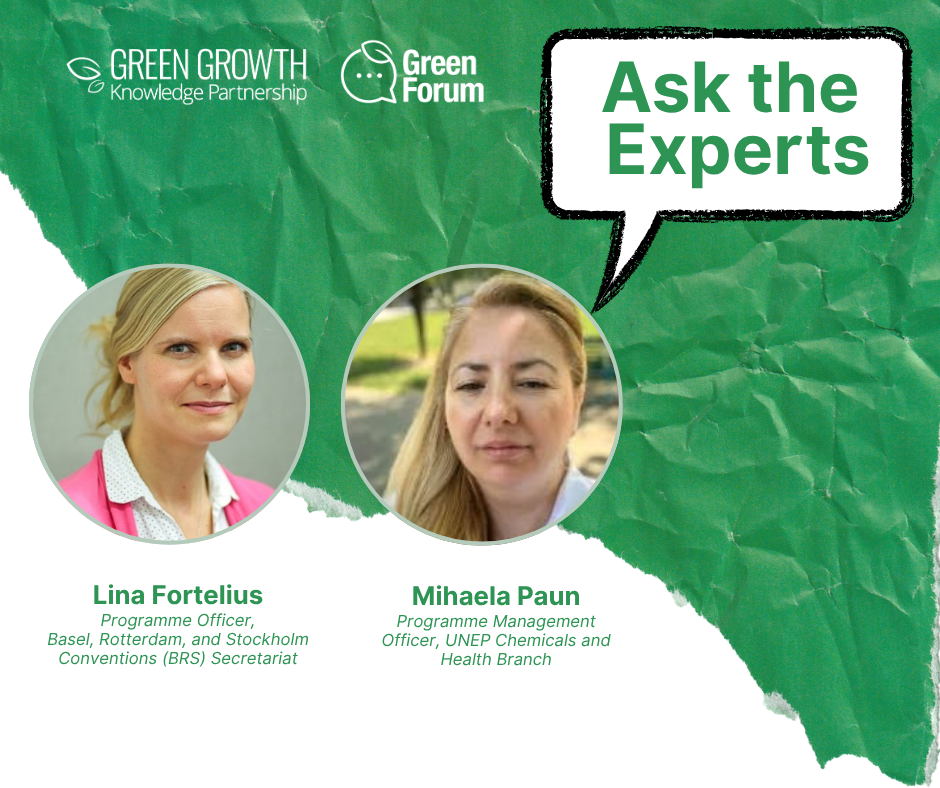
Geneva – August 2025
As more Parties to the Stockholm Convention move towards digitizing their National Implementation Plans (NIPs), questions around the use, access, and integration of the Stockholm Convention Integrated Electronic Toolkit have come to the forefront.
To address these issues, Mihaela Claudia Paun, Programme Management Officer at UNEP Chemicals and Health Branch and Claire Morel from the Basel, Rotterdam and Stockholm Conventions (BRS) Secretariat, answered key questions raised during a recent GGKP regional workshop on the Toolkit. From access rights and consultants’ roles to translation and digital integration, this Q&A list sheds light on how this Toolkit could enable access to various stakeholders and better support countries in the process of endorsement of their finalized NIPs.
Q: Who can access the Toolkit—and how is it structured?
Mihaela Paun (UNEP): The Toolkit has two interfaces.
- The public interface allows anyone to access submitted NIPs, full guidance documents, summaries of POPs inventory guidance, and the database query tool.
- The private interface—accessible only with credentials provided to National Focal Points (NFPs) and Official Contact Points (OCPs)—enables users to draft and submit NIPs and access disaggregated data formats for inventories.
Credentials are issued by the Secretariat to officially designated Party representatives (NFPs and OCPs) under the Stockholm Convention.
Q: What about external consultants supporting the NIP process? Can they access the Toolkit?
Mihaela Paun (UNEP): The Toolkit is not originally designed for third-party access. However, consultants can use the publicly available Word-based templates to understand the NIP structure and required data needs and fields.
After the session, Claire Morel (BRS Secretariat) further clarified:
For each country there is OCP account and NFP account, and only the OCP account can submit the NIP. Consultants may use NFP credentials to fill out the NIP chapters, input inventory data etc. These accounts are specific to the NIP Toolkit, so there is no security risk to other BRS systems. In the future, a centralized authentication mechanism is planned to enable separate consultant accounts and prevent the need for sharing national credentials.
Q: Are there risks in sharing login credentials?
Claire Morel (BRS Secretariat): While accounts are not nominative (i.e. tied to specific individuals), simultaneous edits under the same NFP account can cause data conflicts. It’s essential that teams coordinate access and avoid working on the same form at the same time. It also should be considered that OCP accounts enable users with the right to submit the NIP formally to the Secretariat, therefore it is optimal not to share OCP credentials with the third parties not entitled to submit the NIP on behalf of the Party.
Q: Are there plans to link Toolkit with Article 15 reporting?
Mihaela Paun (UNEP): While this was envisioned early on, the Toolkit and Article 15 reporting platform are currently not automatically integrated due to resource and time constraints. However, the Toolkit put in place means of showcasing the connections with Article 15 reporting format (see caption below). The automatic linkage remains a priority for future development, and UNEP will explore options to build such interlinkages in collaboration with the Secretariat when resources become available.

Q: What are your thoughts on the lengthy format of the NIP template as in the toolkit?
Mihaela Paun (UNEP): It’s true—some countries noted that the template is nearly 200 pages with multiple tables, which can be overwhelming for decision-makers. Others said they prefer shortened versions focused only on action plans. While there’s no perfect formula:
“We do need detailed information—not just key activities—if we want to support implementation, address the remaining data and information gaps, and justify the need for additional, including external, financial support for NIP implementation.”
The Secretariat recommends using the Executive Summary field for circulation to high-level officials. Although there's no auto-generated summary function, this field is intended to be suitable as a stand-alone document.
Q: Is there any way to set up priorities on the Action Plan when using the Toolkit?
Mihaela Paun (UNEP): Countries can use the “remarks” column or the timeline of activities to indicate priorities. For instance, actions scheduled for 2027 may be more urgent than those set for 2030.

Q: Can NIPs be translated into local languages?
Mihaela Paun (UNEP): Absolutely. The Secretariat encourages countries to translate their NIPs for national-level review and stakeholder engagement. While toolkit itself doesn’t offer multilingual access, the NIP templates are now available in English, French, Spanish and Chinese languages and can be downloaded here:
- NIP template in English language (MS Word)
- NIP template in French language (MS Word)
- NIP template in Spanish language (MS Word)
- NIP template in Chinese language (MS Word)
The following but not limited to below consideration can be taken into account for translation of the NIPs in the local languages:
- GEF-supported countries can include translation costs in their NIP update project budgets.
- Other countries may use national resources to ensure accessibility across institutions and communities
Q: What advice would you give to countries starting with the Toolkit?
Mihaela Paun (UNEP): Start early, coordinate with all relevant sectors, and don’t hesitate to reach out to BRS Secretariat and UNEP for technical support. The Toolkit is designed to simplify—not complicating the NIP process. As more countries use it, we hope to continue improving its usability and integration.
Final thoughts
As countries transition toward more streamlined, transparent, and data-driven approaches to POPs management, the Stockholm Convention Electronic Toolkit is proving to be a critical tool despite the challenges of adaptation. With continued support, feedback and innovation, the Toolkit holds the potential to shape a new era of NIP development under the Stockholm Convention.
Authors:
 |
Ms. Mihaela Claudia Paun, Program Officer, Chemicals and Health Branch, Knowledge and Risk Unit, UNEP |
|
Ms. Claire Morel, Information Systems Officer, Basel, Rotterdam and Stockholm Conventions (BRS) Secretariat |




